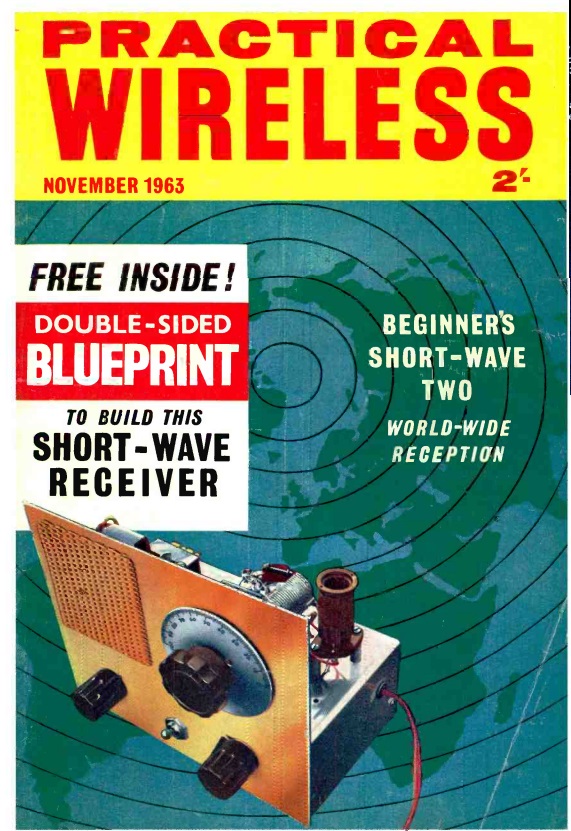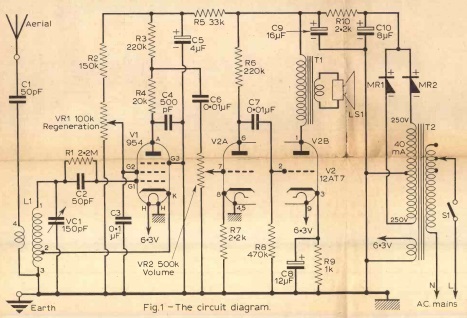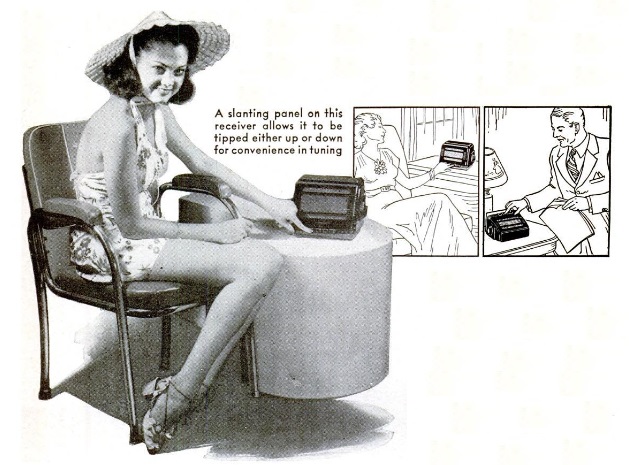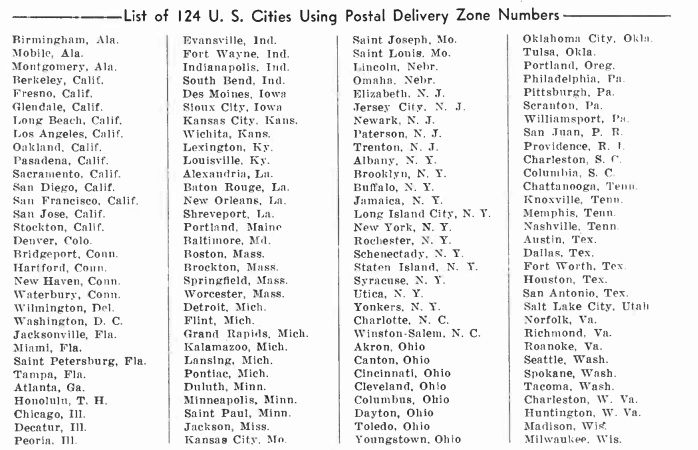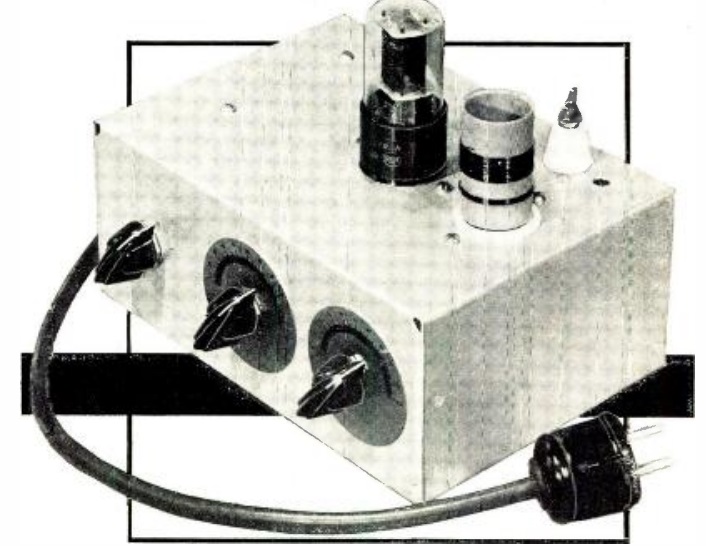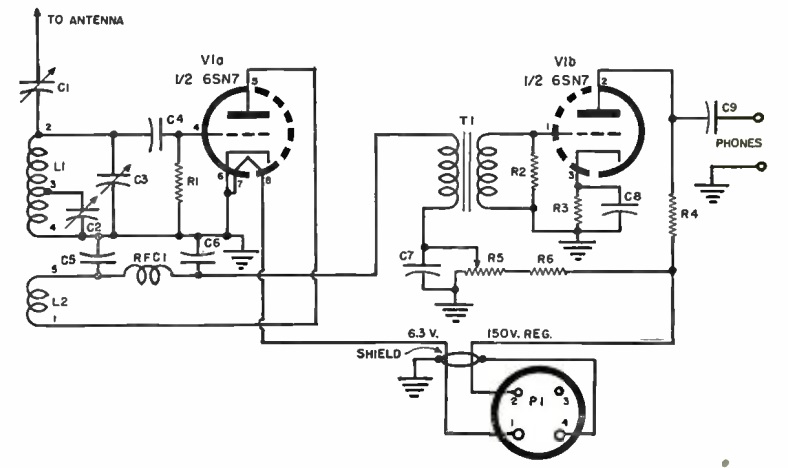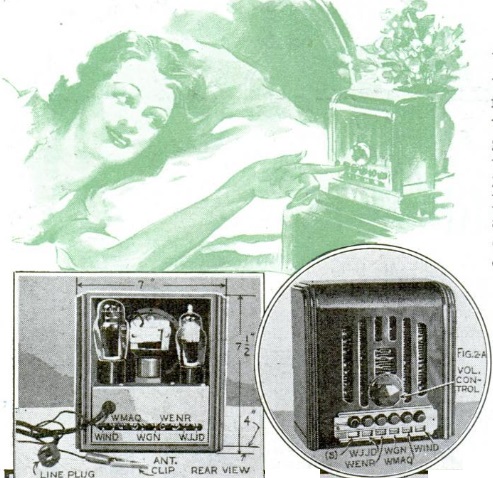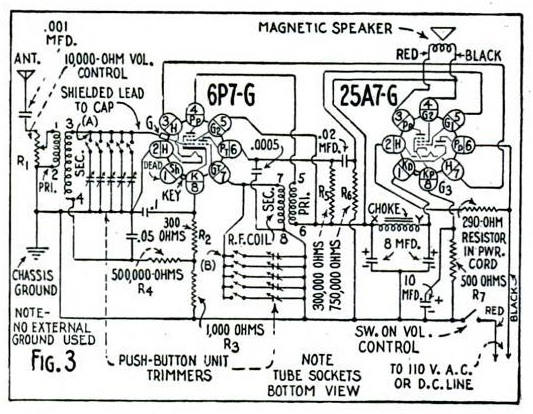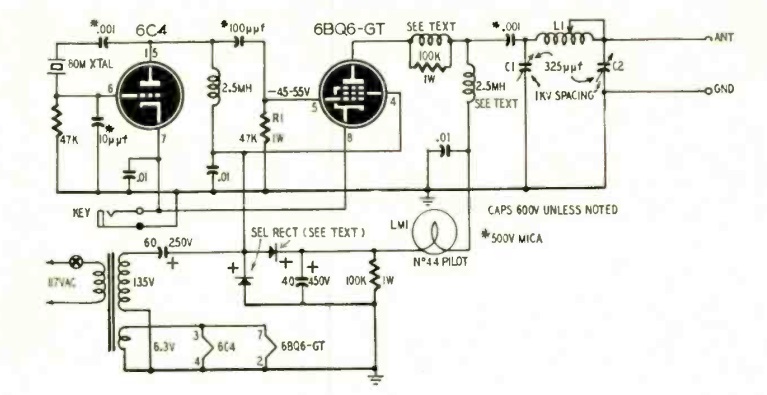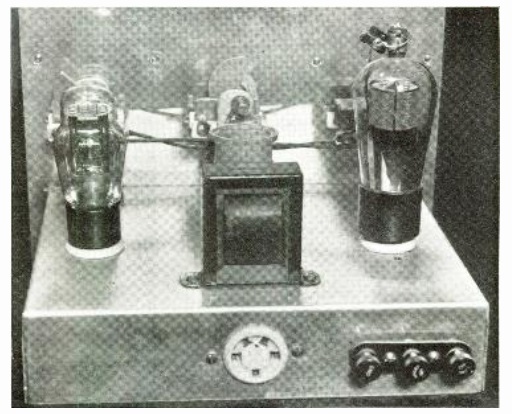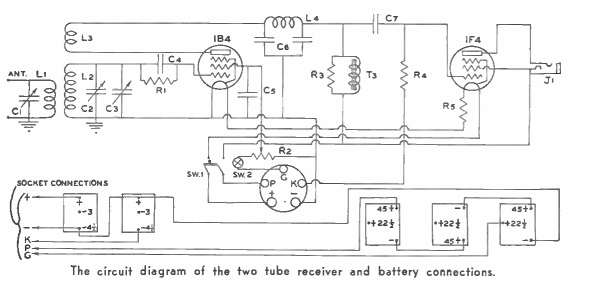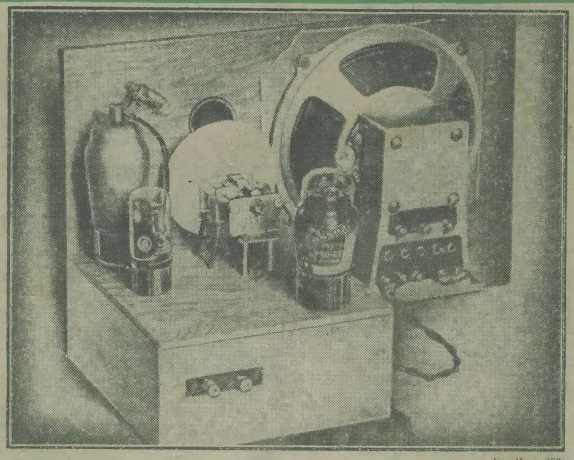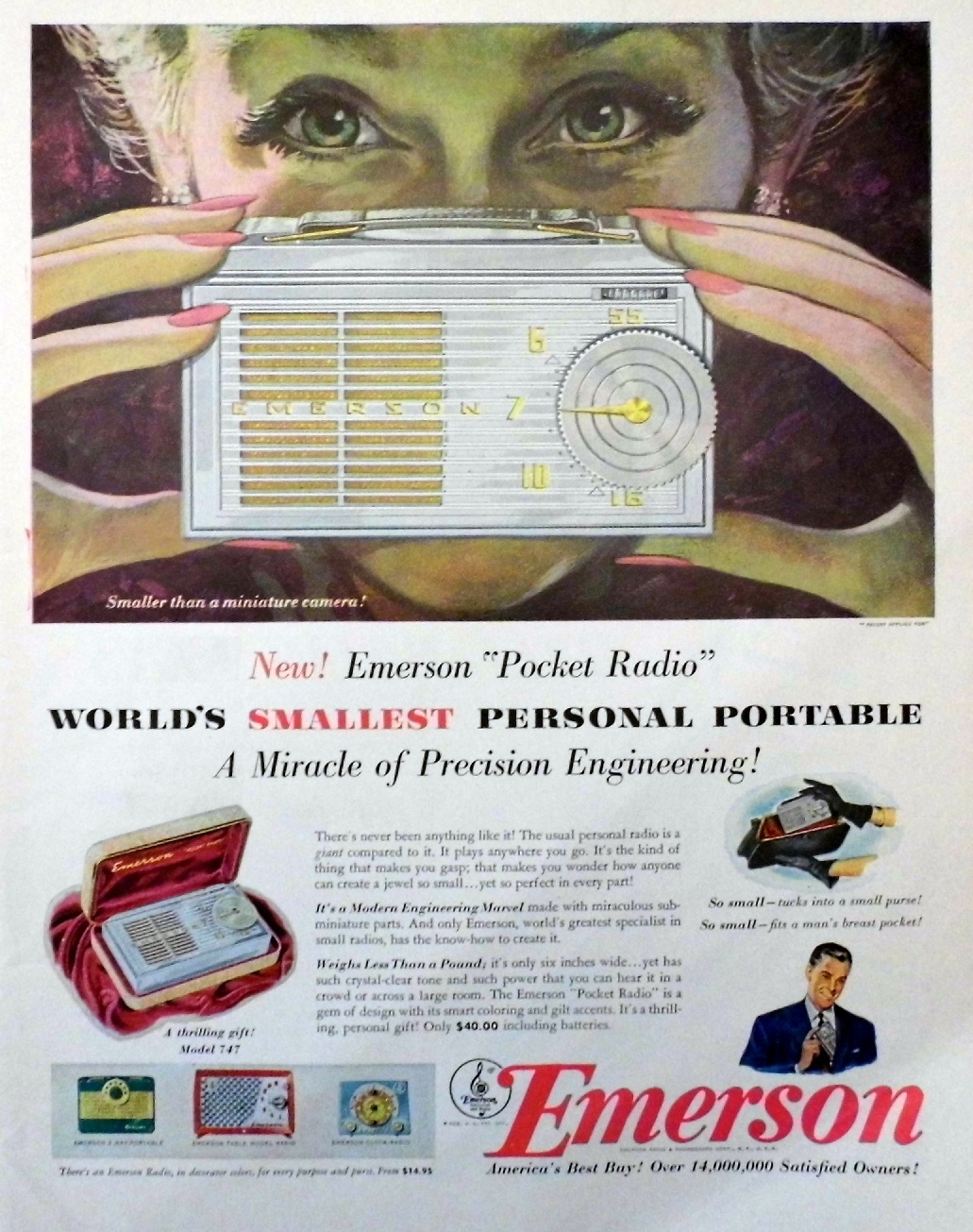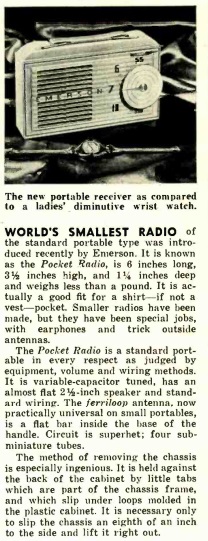 Over a decade before Mrs. Fletcher (played by actress Dorothy McHugh) famously told the world that he had fallen and can’t get up, London engineer Douglas Wells, presumably shown in the dramatic re-enactment shown here, was at work on the problem. An elderly neighbor had tripped and fallen down the stairs of her home. She was found three days later, dead. This inspired Wells to come up with the early prototype shown here. It consisted of a mat which was placed at the bottom of the stairs. If someone fell down the stairs and landed on the mat, it would trigger an alarm bell and lighted “HELP” sign outside the house.
Over a decade before Mrs. Fletcher (played by actress Dorothy McHugh) famously told the world that he had fallen and can’t get up, London engineer Douglas Wells, presumably shown in the dramatic re-enactment shown here, was at work on the problem. An elderly neighbor had tripped and fallen down the stairs of her home. She was found three days later, dead. This inspired Wells to come up with the early prototype shown here. It consisted of a mat which was placed at the bottom of the stairs. If someone fell down the stairs and landed on the mat, it would trigger an alarm bell and lighted “HELP” sign outside the house.
This would, of course, be a great benefit if someone fell on that particular stairway. But it would be of no help if some casualty afflicted the person elsewhere in the house. So the wireless device worn around the neck, hooked up to the telephone line, is probably a better solution.
For those in need of such a system, the first point of inquiry is often your local hospital, some of which provide these systems free of charge. If that’s not an option, one alternative is a medical alert service. They typically supply the equipment at no cost, but provide the service for about $20 per month. So if the person requiring assistance pushes the button, like Mrs. Fletcher, they will speak directly to an operator who will summon the required assistance. You can find a comparison of the available services at this link.
Another option is to purchase equipment similar to that shown here.
It consists of a base unit that connects to the normal landline telephone. If either of the panic buttons is pushed, it automatically dials up to three telephone numbers and plays a prerecorded message. The advantage of this type of system is that the caller ID information is displayed at the other end. So if it’s set to call 911, then the 911 dispatcher will know the location of the emergency. However, it’s probably best to program it to dial the numbers of friends or relatives who can intervene in emergencies, which may or may not warrant 911.
The third option is a system similar to the one shown here.
This small unit is actually a cellular phone. It relies upon the fact that all cellular phones in the U.S., whether or not activated, are required to be able to call 911. In this case, 911 is the only number it will call. The disadvantage is that, since it is not an activated phone, the 911 dispatcher probably won’t have access to your location. But as long as the owner is able to speak, they will be able to tell the dispatcher where they are, and what the emergency is. The phone is turned off until the button is pushed, so batteries (normal AAA batteries) will last a long time, and only need to be replaced once a year or so.
A final option for anyone potentially in need of such assistance is any cellular phone. Again, even if the phone is not activated, it can be used to call 911. One disadvantage is that it does require the user to affirmatively dial 911, which might be difficult in an emergency. Also, batteries need to be charged on a regular basis, which means it’s not something that can simply be forgotten until needed. But since most people have old cell phones lying around, it is a zero-cost option. If you’re worried about someone, simply asking them to put an old phone in their pocket gives some assurance that they can call for help, even if they can’t access their normal phone. In fact, it’s not a bad idea to keep an old phone, along with a 12 volt cord, in your car as a backup communications method in an emergency.
The picture at the top of the page of the 1973 system is from the November 1973 issue of Elementary Electronics.
Some links on this site are affiliate links, meaning this site earns a small commission if you make a purchase after using the link.



